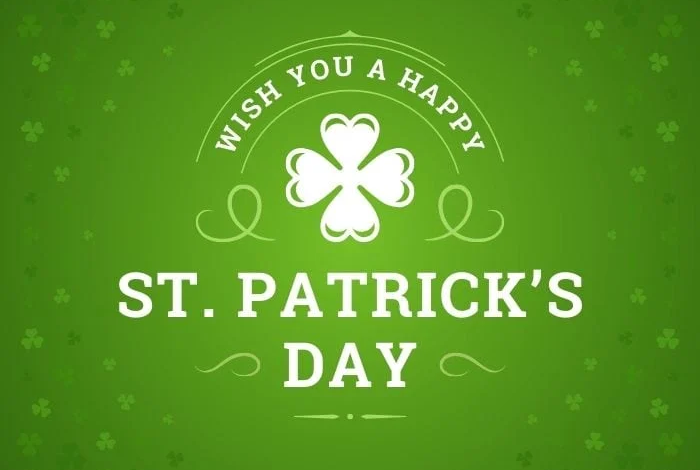Why We Celebrate St. Patrick’s Day: History and Significance

Every year on March 17, the world celebrates St. Patrick’s Day. It is a lively day dedicated to honoring St. Parick the patron saint of Ireland. Originally it was a religious festival before it evolved into a global celebration marked with parades, foods, beverages, Irish folklore, dance, concerts, and the green color that pops in every direction. This change was due to Irish immigrants in the US who initiated the idea of parades and since then it has spread to other countries.
Children love to play and St. Patrick’s Day provides many opportunities for children to have lots of fun. Being a national holiday in Ireland, children bond with their families and engage in various fun activities. They wear green, try out different Irish foods, go on leprechaun hunts, and make shamrock crafts.
History of St. Patrick?
Maewyn Succat was born in Britain in 390 A.D. and was raised in an affluent Christian family with property and slaves. However, Maewyn was abducted as a child at the age of sixteen by Irish pirates and sold into slavery in Ireland where he cared for sheep. It was at this point that he became deeply religious.
He fled from Ireland and reunited with his family in Britain where he, became a priest and changed his name to Patrick. Afterward, he returned to Ireland to convert the Irish to Christianity explaining the Holy Trinity to Irish pagans using a three-leaf shamrock.
How is St. Patrick’s Day Celebrated in Ireland?
St. Patrick’s Day is a national public holiday in Ireland, and many businesses, including banks, schools, and government offices, are closed. But in big cities, stores, bars, and tourist attractions are open.
It is the largest festival celebrated for three days in Dublin. With over 500,000 people attending the parade yearly, the presence of marching bands, charity organizations, cultural organizations, and youth groups adds color to the festivity. Other celebrations include Irish folk music, dancing, and storytelling.
Why Do We Wear Green on St. Patrick’s Day?
The blue color was associated with Ireland as it was used in the royal court and on ancient Irish flags. However, during the Irish Rebellion in 1798, the green color was used and it became a link between Ireland and St. Patrick’s Day.
Associating Ireland with green became stronger when Irish soldiers wore green, because it contrasted most with the red British uniforms, and sang, “The Wearing of the Green,” during the rebellion against Britain. Also in Ireland, green has political and religious meanings as it is one of the three colors that make up the national flag, together with orange and white, which signify catholicism. It is also connected to Ireland’s lush landscapes and the three-leaf shamrock.
Not wearing green on St. Patrick’s Day is considered bad luck in Ireland. According to superstition, leprechauns pinch those who don’t wear green. Other countries are not left out in wearing green color to celebrate as those not wearing green get pinched. Cities turn famous landmarks green, including the Sydney Opera House, the Giza Pyramids, the Eiffel Tower, and the Chicago River.
St. Patrick’s Day has evolved from its religious origins to become an international celebration, commemorating Ireland’s patron saint. It is a day filled with excitement and celebrations across the nation. Children are not left behind as they learn valuable life lessons from folklore during the celebration.





